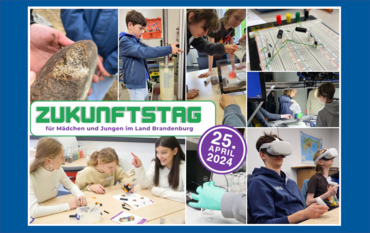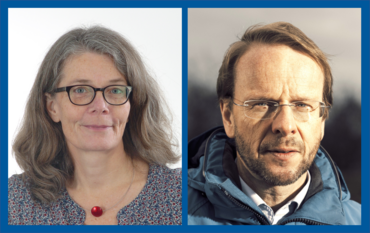Jürgen Matzka, working group leader in Section Geomagnetism, has been elected chair of the Operations Committee and member of the Executive Council of INTERMAGNET. INTERMAGNET is the worldwide network of observatories that monitor and investigate the Earth's magnetic field. This also includes the global observatories operated by the GFZ – partly with national and international partners.
The INTERMAGNET programme aims to establish a global network of cooperating digital magnetic field observatories that use modern standard specifications for measuring and recording devices. The aim is to facilitate data exchange and the creation of geomagnetic data products in near real time. INTERMAGNET also supports the establishment of new observatories where necessary and helps to improve and maintain existing facilities.
The Operations Committee, now chaired by Jürgen Matzka, takes care of the technical aspects such as the definition and control of quality standards for the observatories and their data products as well as the distribution of real-time and archive data to scientists and interested citizens.
The Executive Council defines the policy, structure and rules of INTERMAGNET and communicates with national and international agencies. It is supported and advised by the Operations Committee. Its members are six scientists from the UK, France, USA, Canada and now also from Germany and Australia.
The continuous measurement and monitoring of the Earth's magnetic field is important for various reasons (see GFZ section 2.3 Geomagnetism):
The geomagnetic field is the natural protective shield against solar wind particles and cosmic radiation. It is mainly generated by geodynamo processes in the Earth's fluid outer core. Magnetized rocks in the Earth's crust, electrical currents in ionosphere and magnetosphere in the near-Earth space and even ocean currents add contributions to the Earth's magnetic field. Knowledge about the sources and their temporal and spatial development allows inferences about dynamic processes inside the Earth and in near-Earth space environment. On this basis, scientists are also trying to answer questions about the future evolution of the geomagnetic field and contribute to characterizing space weather conditions.
Universities and research institutions around the world operate a network of magnetic observatories to record the Earth's magnetic field and its changes. The oldest have been in existence for around 180 years. In addition, magnetic measurements are carried out from aeroplanes or ships to investigate small-scale crustal anomalies. For a good two decades, several satellites – including the CHAMP (2000-2010) and SWARM mission (since 2013) – have been measuring the field a few hundred kilometres above the Earth with high accuracy. Paleomagnetic data from geological archives such as drill cores or rock samples also provide information about past times.
INTERMAGNET is closely linked to other international organisations:
- Member of the ICSU World Data System (International Council for Science), an organisation that provides an effective international exchange of data and information in all disciplines related to the Earth, its environment and the Sun.
- Member of IAGA Division V – Geomagnetic Observatories, Surveys and Analyses (International Association of Geomagnetism and Aeronomy)
- Participation in EPOS (European Plate Observing System, a multidisciplinary, distributed research infrastructure that facilitates the integrated use of data, data products and facilities from the solid Earth science community in Europe)
- Contribution to SuperMAG (worldwide cooperation of organisations and national authorities for the dissemination of measurement data of the Earth's magnetic field)
About the person
Jürgen Matzka heads the A.-Schmidt-Observatory for Geomagnetism Niemegk (located in Brandenburg) and the working group “Geomagnetic Observatories” at the GFZ as part of a worldwide, continuous and high-quality Earth observation programme. One focus of his work is the application of geomagnetic data in geophysics, space physics and in the service of society. In particular, the internationally important Kp Index is generated. The Kp index is a measure of the energy input from the solar wind particle stream into the Earth system and is used in real time for many space weather services. A high value means, for example, an increased probability of auroras but also a greater risk of interference from satellites, for example.


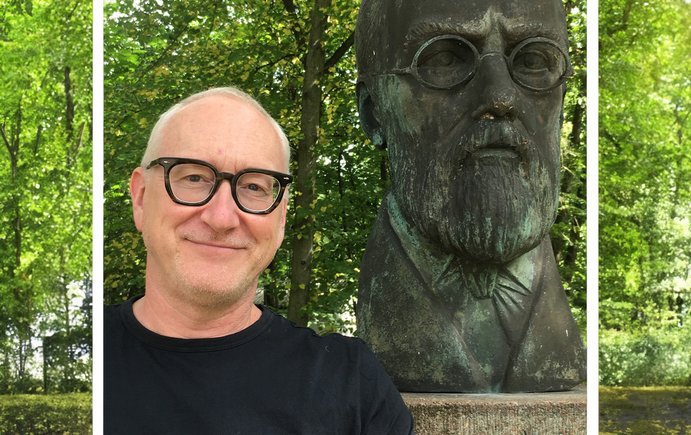





![[Translate to English:] Group photo with 7 people in front of a new metal plant in a large laboratory hall.](/fileadmin/_processed_/0/4/csm_20240628-GFZ_Einweihung_Triax-Anlage-PRESSE_Abb1_040_c-Bahlo-GFZ_187906cb48.jpeg)




![[Translate to English:] Heidi Kreibich, woman with short brown hair and blue eyes. She is wearing a grey cardigan and a red polo shirt](/fileadmin/_processed_/6/6/csm_kreibich-Heidi_1_Querformat_he-2021_2dedd3ef33.jpeg)




![[Translate to English:] [Translate to English:] Totes Meer gesehen von einem Hügel am Ufer](/fileadmin/_processed_/0/f/csm_20240612-web_AdobeStock_151245578_cb8e2706f3.jpeg)

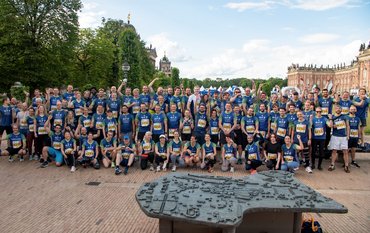

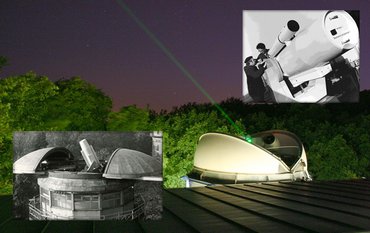
![[Translate to English:] Gruppenfoto im Hörsaal](/fileadmin/_processed_/8/a/csm_240528-GfZ-ERC-Grantees-Gruppe_31be9704f5.jpeg)
![[Translate to English:] Susanne Buiter in front of a blue wall with GFZ logo](/fileadmin/_processed_/d/7/csm_20220721-GFZ-Portrait-Buiter-1-he-web_-c-Reinhardt_Sommer_2a6e3b8ae1.jpeg)
![[Translate to English:] [Translate to English:] Drohne](/fileadmin/_processed_/b/a/csm_20240515_155801_d696ee4200.jpeg)
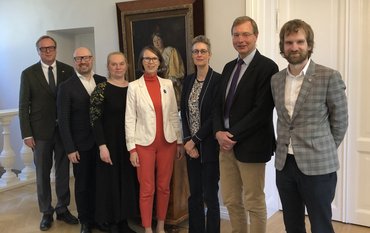
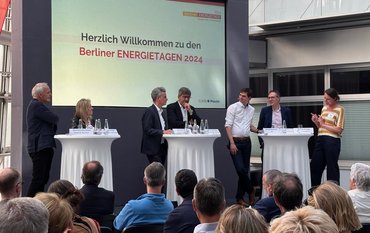
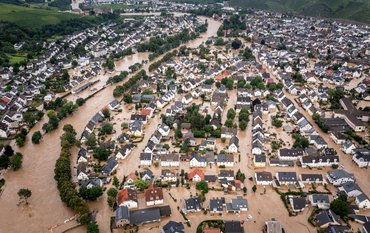
![[Translate to English:] ein riesiges Erdloch in einer kargen Landschaft im Iran mit Bergen im Hintergrund](/fileadmin/_processed_/f/1/csm_DSC_7917_kleiner_f14e27f7ad.jpeg)
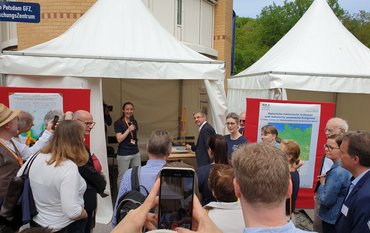
![[Translate to English:] Lecture room at GFZ with participants](/fileadmin/_processed_/a/9/csm_P1140796__002__c03fcad8bd.jpeg)
